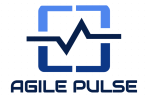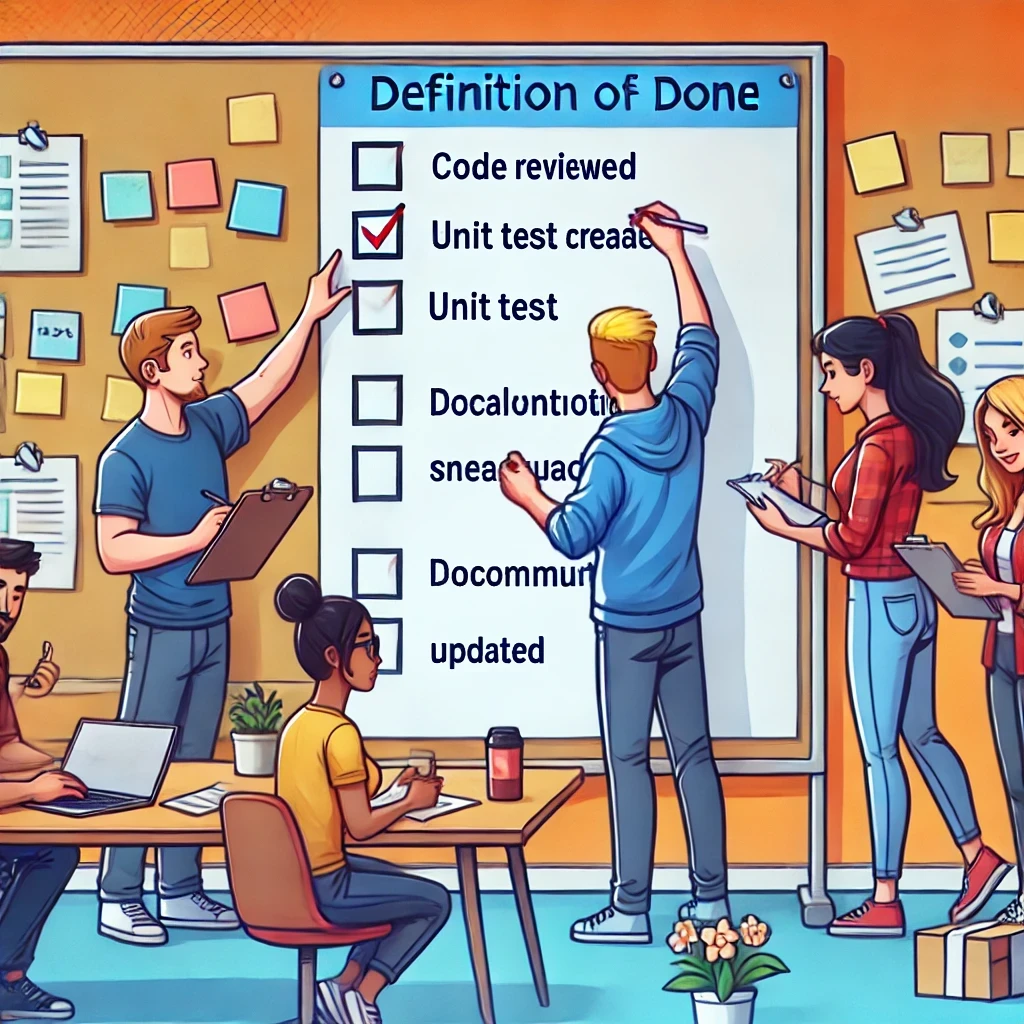In Agile, clarity and alignment are essential for successful project delivery. Two critical concepts that ensure teams stay focused and on track are the Definition of Done (DoD) and the Definition of Ready (DoR). These definitions establish clear expectations for when work is considered complete and when it is ready to begin, helping teams deliver high-quality results and maintain a steady workflow.
This article explores what the Definition of Done and the Definition of Ready are, why they are essential, and how to create effective definitions for your Agile team.
What Is the Definition of Done?
The Definition of Done (DoD) is a formal checklist that outlines all the criteria a user story, task, or feature must meet to be considered complete. It ensures that deliverables meet the required quality standards and are ready for deployment or release. By providing a shared understanding of what “done” means, the DoD helps teams avoid misunderstandings and incomplete work.
Key Components of the Definition of Done
A typical DoD may include:
-
- Code Completion: The code has been written, peer-reviewed, and merged.
-
- Testing: Unit tests and integration tests have passed.
-
- Documentation: User stories or technical documentation are updated.
-
- Acceptance Criteria: All acceptance criteria specified in the user story have been met.
-
- Stakeholder Sign-Off: The work has been reviewed and approved by relevant stakeholders.
Benefits of a Strong Definition of Done
-
- Improved Quality: Ensures that deliverables meet high standards.
-
- Team Alignment: Keeps everyone on the same page about what constitutes “complete.”
-
- Customer Satisfaction: Reduces rework and delivers consistent, predictable outcomes.
-
- Transparency: Provides a clear status of work to stakeholders and the team.
What Is the Definition of Ready?
The Definition of Ready (DoR) is a set of criteria that a user story or task must meet before it can be pulled into a sprint or development cycle. It ensures that the work is well-defined, feasible, and ready for the team to begin.
Key Components of the Definition of Ready
A typical DoR may include:
-
- Clear Acceptance Criteria: The user story includes measurable and testable criteria.
-
- Dependencies Identified: Any external dependencies or blockers have been addressed.
-
- Prioritization: The story is prioritized and aligned with sprint goals.
-
- Effort Estimated: The team has estimated the effort required using story points or another method.
-
- Team Consensus: All team members agree that the story is ready to start.
Benefits of a Strong Definition of Ready
-
- Reduced Sprint Interruptions: Ensures work is well-prepared before starting, minimizing mid-sprint disruptions.
-
- Better Planning: Helps the team accurately plan sprints and allocate resources.
-
- Increased Predictability: Ensures that the team can confidently commit to completing tasks.
-
- Focus on Value: Aligns tasks with business goals and priorities.
How Do DoD and DoR Work Together?
The DoD and DoR are complementary concepts that ensure work flows smoothly through an Agile process:
-
- The Definition of Ready ensures that a task is well-prepared before it enters development.
-
- The Definition of Done ensures that the task is completed to a high standard before it is considered finished.
Together, they create a structured framework that minimizes ambiguity and keeps the team focused on delivering value.
Creating Effective Definitions for Your Team
Steps to Define Your DoD
-
- Collaborate with the Team: Involve developers, testers, and stakeholders to ensure everyone’s input is included.
-
- List Quality Criteria: Identify all the steps required to deliver high-quality work, such as testing, documentation, and approvals.
-
- Make It Measurable: Ensure each criterion is specific and measurable.
-
- Review Regularly: Revisit and update the DoD as your team and project evolve.
Steps to Define Your DoR
-
- Work with the Product Owner: Collaborate to ensure stories are well-defined and prioritized.
-
- Identify Key Criteria: Specify what needs to be completed for a story to be ready, such as acceptance criteria and estimates.
-
- Ensure Feasibility: Confirm that the team has the capacity and resources to complete the work.
-
- Document and Share: Write the DoR in a visible location so the team can reference it during backlog refinement and planning.
Examples of DoD and DoR
Example of a Definition of Done
-
- Code has been written, reviewed, and merged into the main branch.
-
- All acceptance criteria have been met and tested.
-
- Documentation is updated for users and developers.
-
- Stakeholders have signed off on the work.
-
- The feature is deployed to a staging environment and passes integration tests.
Example of a Definition of Ready
-
- The user story has clear, measurable acceptance criteria.
-
- Dependencies are identified and resolved.
-
- The story is estimated and prioritized.
-
- The team has agreed that the story is ready to work on.
-
- Test cases have been outlined where applicable.
Access My DoR/DoD Template
To help your team establish clear agreements on the Definition of Ready and Definition of Done, I’ve created a DoR/DoD template on Miro. This template is designed to streamline the process and ensure all team members are aligned. You can access the template here: Miro DoR/DoD Template
Feel free to customize the template to meet your team’s unique needs and use it as a foundation for better collaboration and productivity.
Final Thoughts
The Definition of Done and the Definition of Ready are fundamental tools for Agile teams to deliver high-quality work efficiently. By setting clear expectations for when tasks are ready to start and complete, teams can avoid misunderstandings, reduce rework, and ensure a smooth workflow.
Both definitions should be collaborative, measurable, and regularly updated to reflect the team’s evolving needs. When implemented effectively, they provide a strong foundation for Agile success and continuous improvement.


One Comment
Nigel
We use our DoD as part of planning poker, estimation is included in that.